When the manta turned straight for us I had no fear.
It was fully black with a great hooked mouth; its movement reminded me of the Dark Knight in Imax. As it came to within a few metres it veered slightly and sailed past us, its seemingly neverending tail, the base about the thickness of a coke bottle, following it. I quickly positioned myself behind the sea creature and watched its massive wings take it effortlessly into darkness. When we got to the surface, Rebecca, my dive guide, said she'd never seen a manta that was entirely black or so big, estimating it's size, wing tip-to-wing tip at five metres. She also said she felt quite intimidated when the manta came towards us. Wimp, I thought.
Rebecca and I were the only divers aboard the Al Isra, sailing from Flores to Lombok. And as she told me our plan to dive a site called “The Crystal”, I managed to conceal my inner feelings:
“For this dive we have to do a negative entry,” she said.
“Fine.” I said bravely. “What's that?”
“We'll drop in backwards, buoyancy compensators (BCs) completely deflated, and go straight to the bottom as fast as we can.”
Divers are supposed to enter the water with their BCs inflated. Then slowly to the bottom. “W'why?” I said.
“There's always a strong current at Crystal. If we don't go straight down we'll miss our target. If the current is really strong, grab hold of whatever you can at the bottom. And don't forget to continuously equalize.”
Equalizing means that divers need to pinch their nose and blow during descent to relieve pressure. Incredible pain occurs in the inner-ear if this isn't done properly.
I couldn't process all this information fast enough and didn't address the equalization issue. “What if I don't make it to the bottom?”
“You can be swept away.”
The old Italian movie came to mind, but only for a split-second. “What do you mean, swept away?”
“Most likely you'll find yourself on the surface some distance away and we'll have to abort,” she gave me a don't screw this up look and continued, “but if it's a downward current you can die.”
She'd been intimidated by the manta and now we were going to have a who's-the-coolest-under-extreme-conditions contest. It felt like she was telling me to do Toronto's CN Tower walk-around-the-rim stunt but with a twist. Like saying my harness might not hold if I turned a certain way, but not telling me what way that was. I wouldn't cry in front of this woman. To hell with her.
“On the count of three,” she said, our arses hanging off the back of the Al Isra's small dingy.
On our way down I felt the swept away tug, but was able to equalize, all 28 metres, to the bottom. We were doing the dive, supposedly, because this was the spot where all the big fishes congregated. If we were lucky we'd see sharks, dolphins and Napoleon wrasse. Once on the bottom we did our equipment checks and I then followed as ordered. There's a diving term called “chewing air”. It means breathing too fast and too hard. Nervous novices do this and it causes much shorter bottom-times because your tank empties so quickly. I chewed and chewed and chewed.
The head-count was still two when we climbed back onto the dingy after reaching the surface. Rebecca was all smiles.
“Wow. That last black tip shark must have been three metres,” she said.
“Yeah,” I said, “it sure was big.”
“I can't believe it. We saw seven sharks.”
“Yeah, seven,” I lied. All big and furry, I whispered under my breath. All I'd seen was the back of the wicked woman's fins; I'd spent the entire dive thinking of where I might come up after being swept away, all smelly and half-eaten. On our way back to the Al Isra I placed a mental check-mark on my Indonesian bucket list. There'd be no more diving the Flores Sea with Rebecca.
***
On this same day, prior to the dive, we did a stop at Rinca Island. Komodo dragons inhabit just four islands in the world, and Rinca is one of them. The dragons run wild here; they grow up to three metres in length and weigh upwards of 70 kilograms. Elenka, Renatka and I hiked the paths unarmed, but our guide did carry a long stick.
At times we were no more than 3–4 metres from the buggers, with their devil-like forked tongues shooting every which way.
Komodo dragons are able to consume amounts of food that are equal to 80 percent of their body-weight. After which they’ll regurgitate horns, teeth and hair, before settling in for a good long period of digestion. They have a very slow metabolism and can get by on just 12 feedings per year. They will kill and eat anything from small lizards to birds, monkeys, goats, deer and horses, resorting to carrion, only when the going gets tough. The realization that we couldn’t fly and weren’t nearly as fleet of foot as any of the dragons natural prey, was rather disconcerting. And to knot our fear with a nice little bow, there’s also record of them digging up shallow graves near a village on Komodo Island and eating human remains.
At day’s end, it felt more like a horror story than an adventure we’d been on.

 Komodo National Park, West Nusa Tenggara, Indonesia
Komodo National Park, West Nusa Tenggara, Indonesia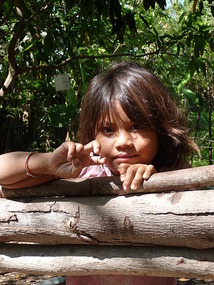
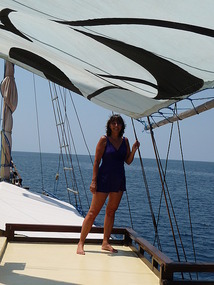
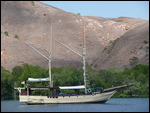
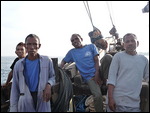

















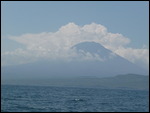
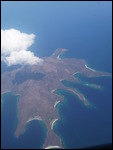
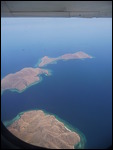
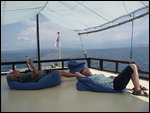
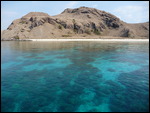
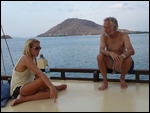
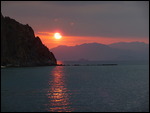
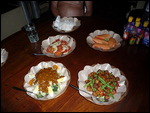
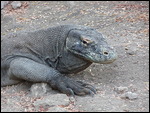
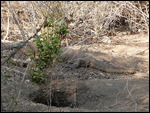
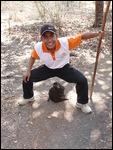
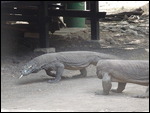
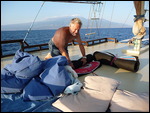
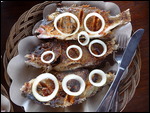
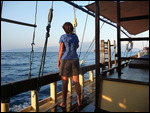
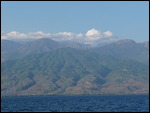
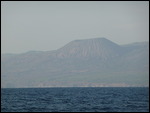
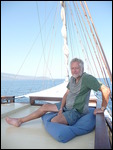
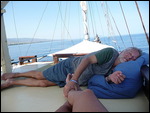
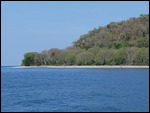
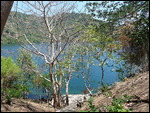
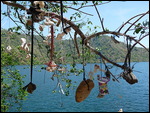
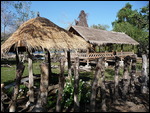
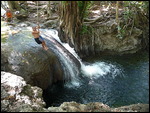
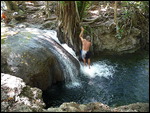
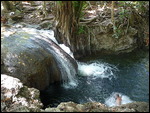


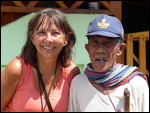
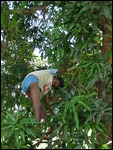
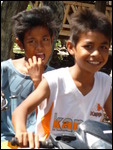
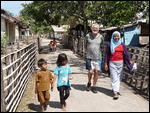
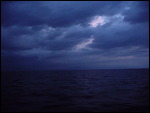
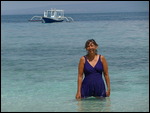

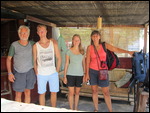

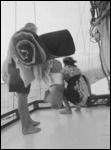
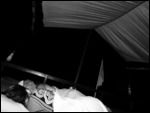

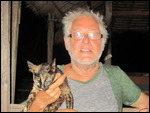

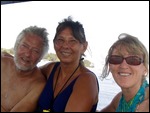
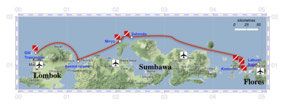
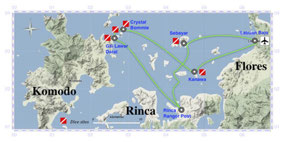
dpbaril
2012-11-21
Another great story and fantastic photos. Bon retour! David
Ian & Ingrid
2012-11-21
So glad you resurfaced your "exciting" dive, Helen, or else it would have "ruined" your whole Blog! I noticed that your last picture "enjoying the water" was without the "wetsuit". Your trip looks amazing and these many experiences will always be remembered as being very precious!